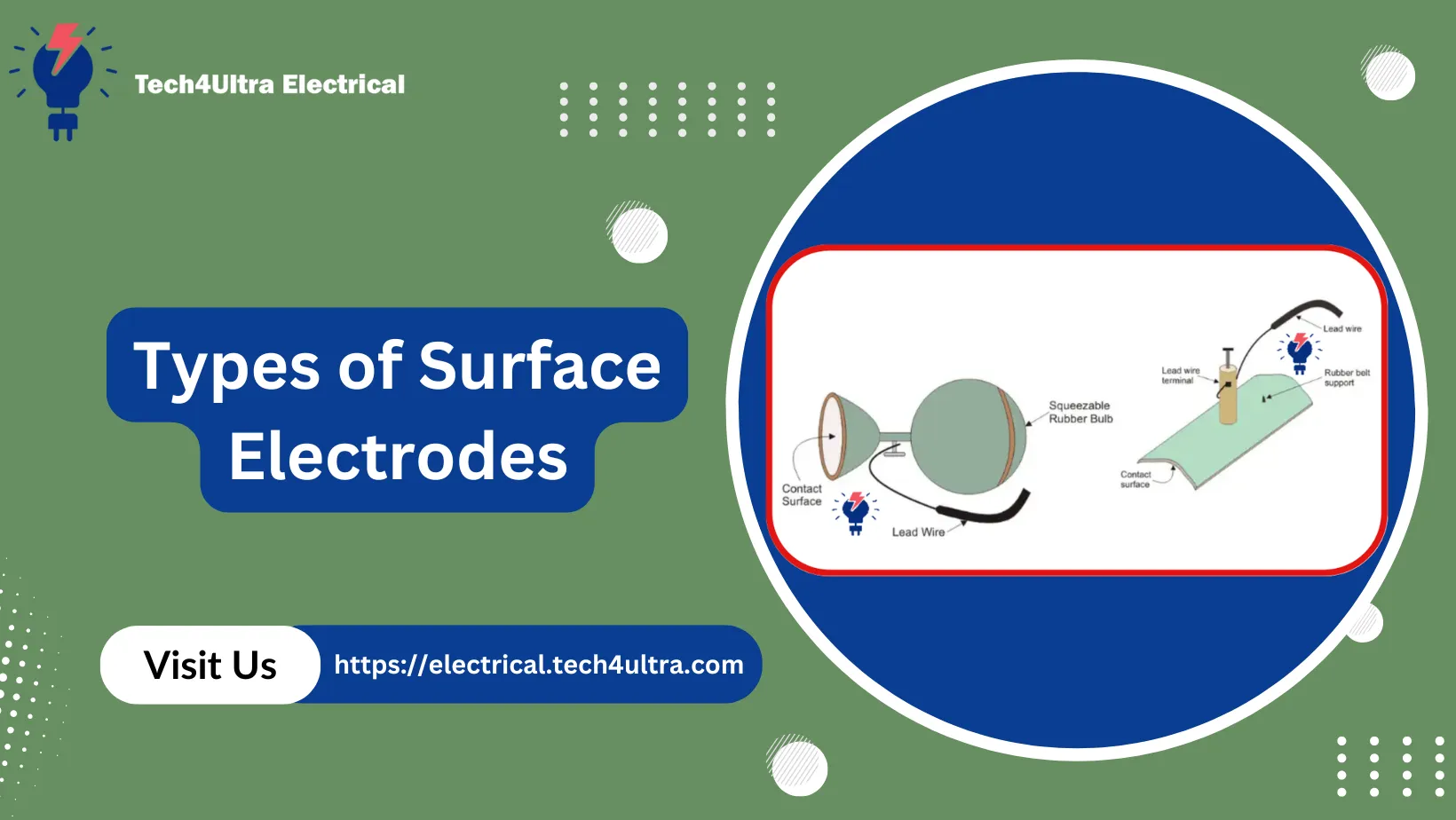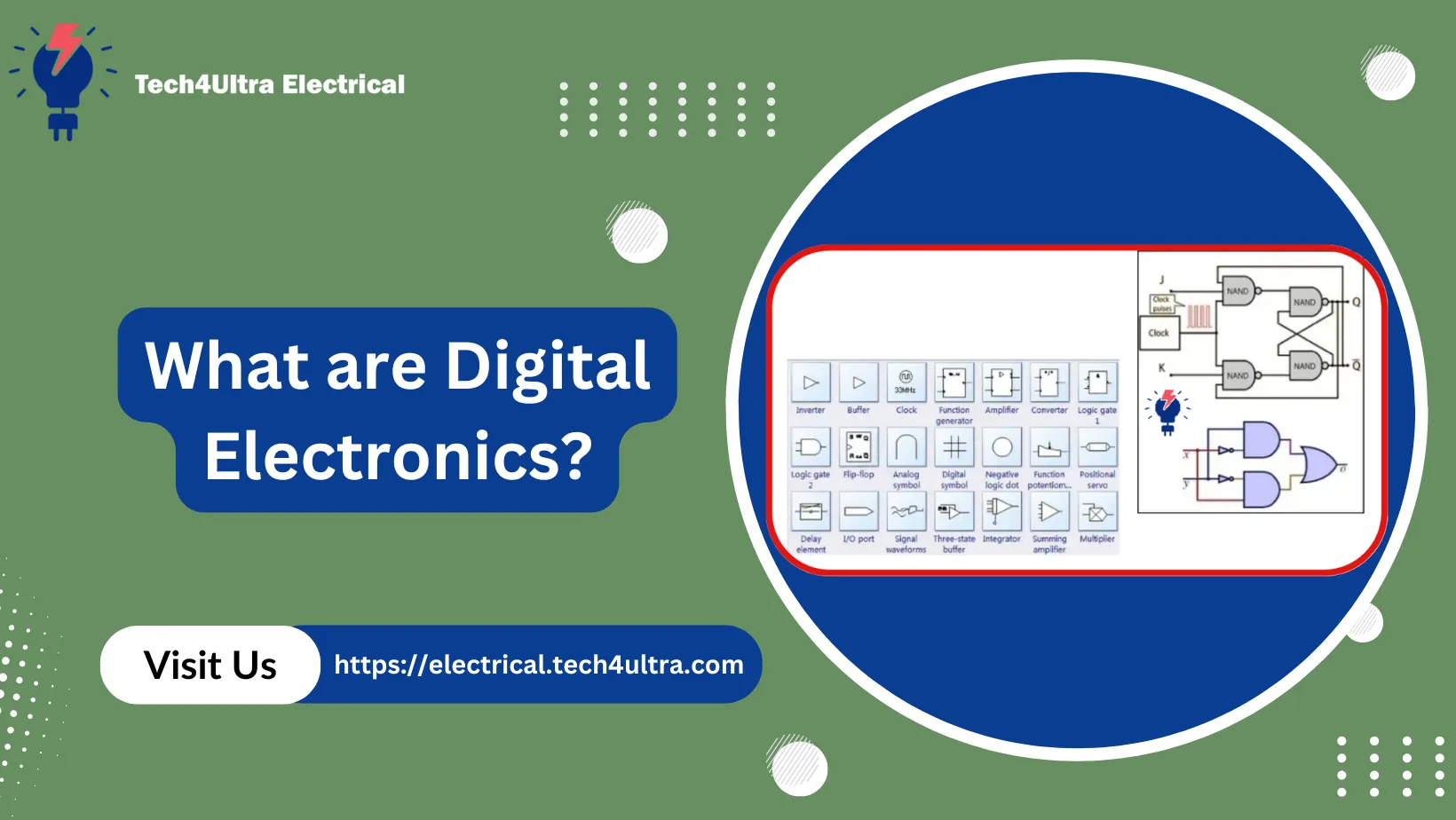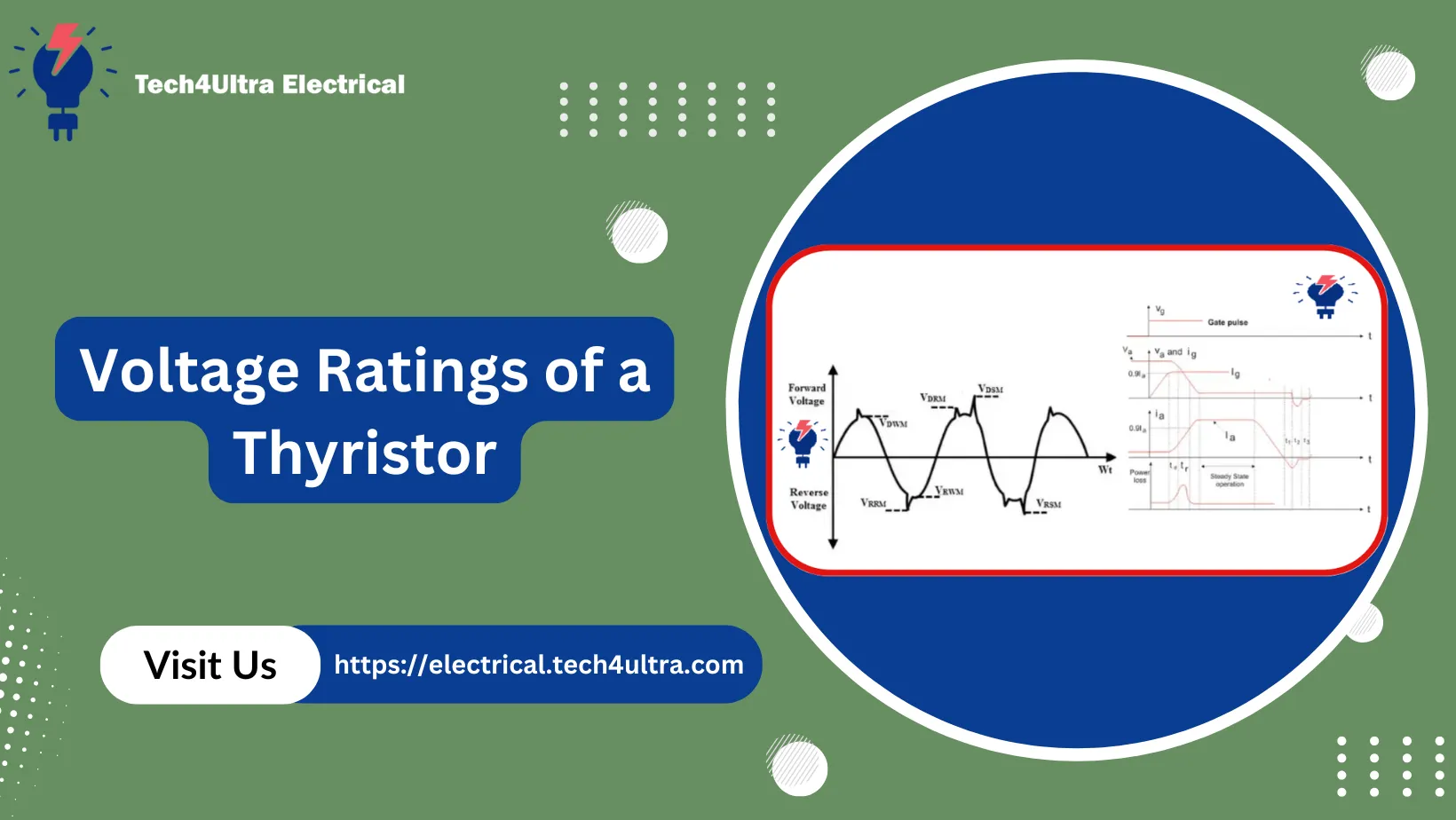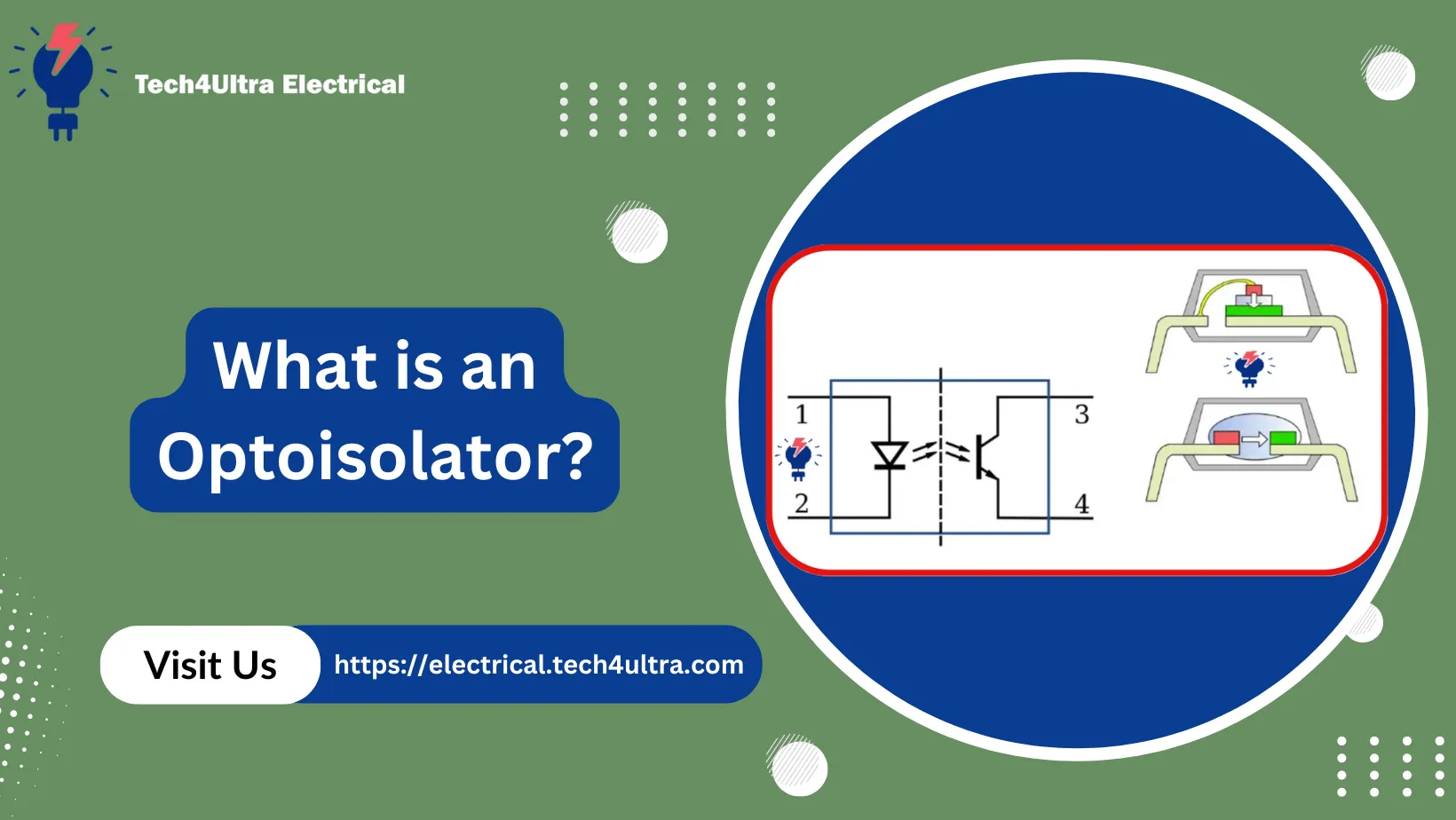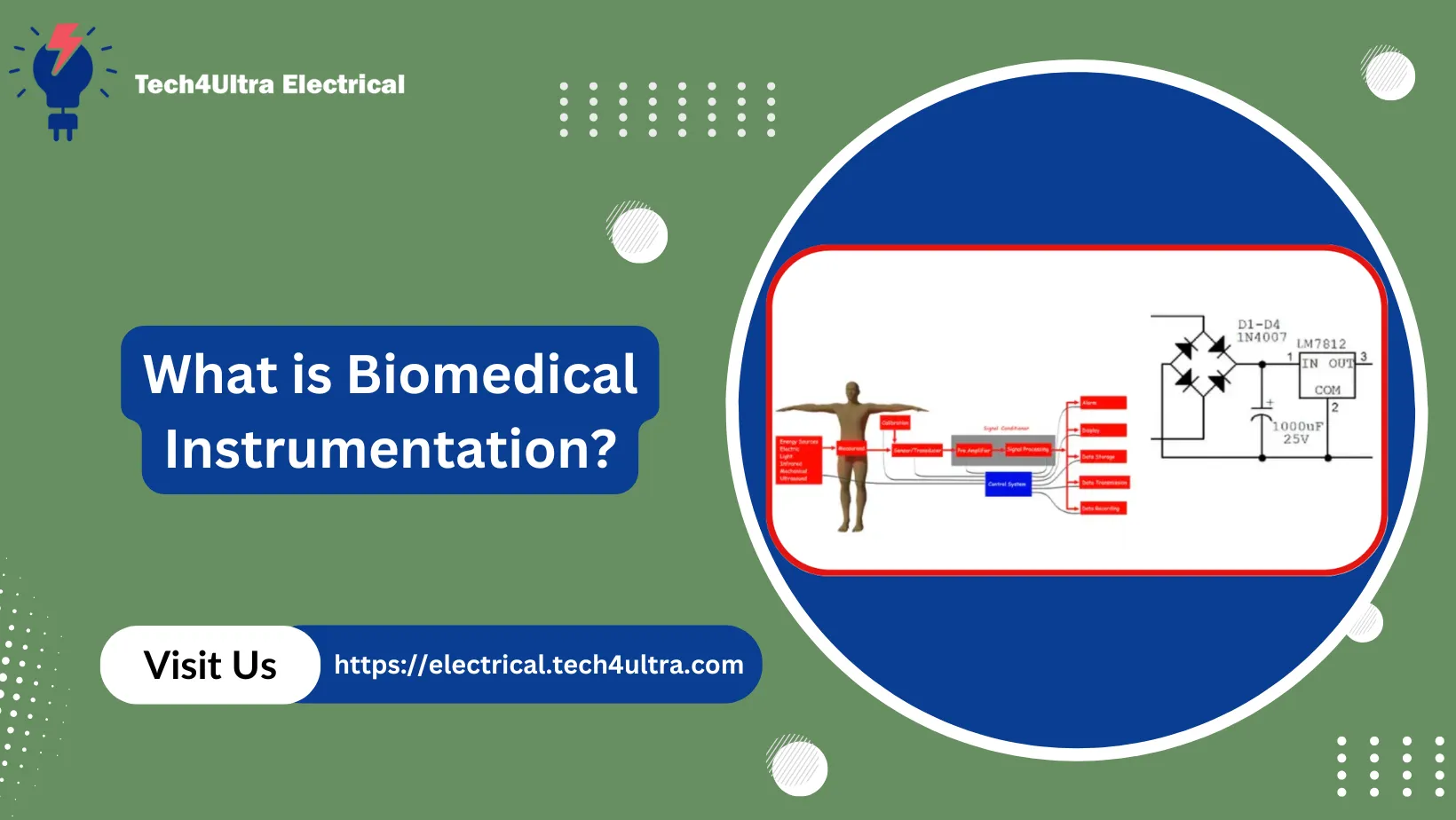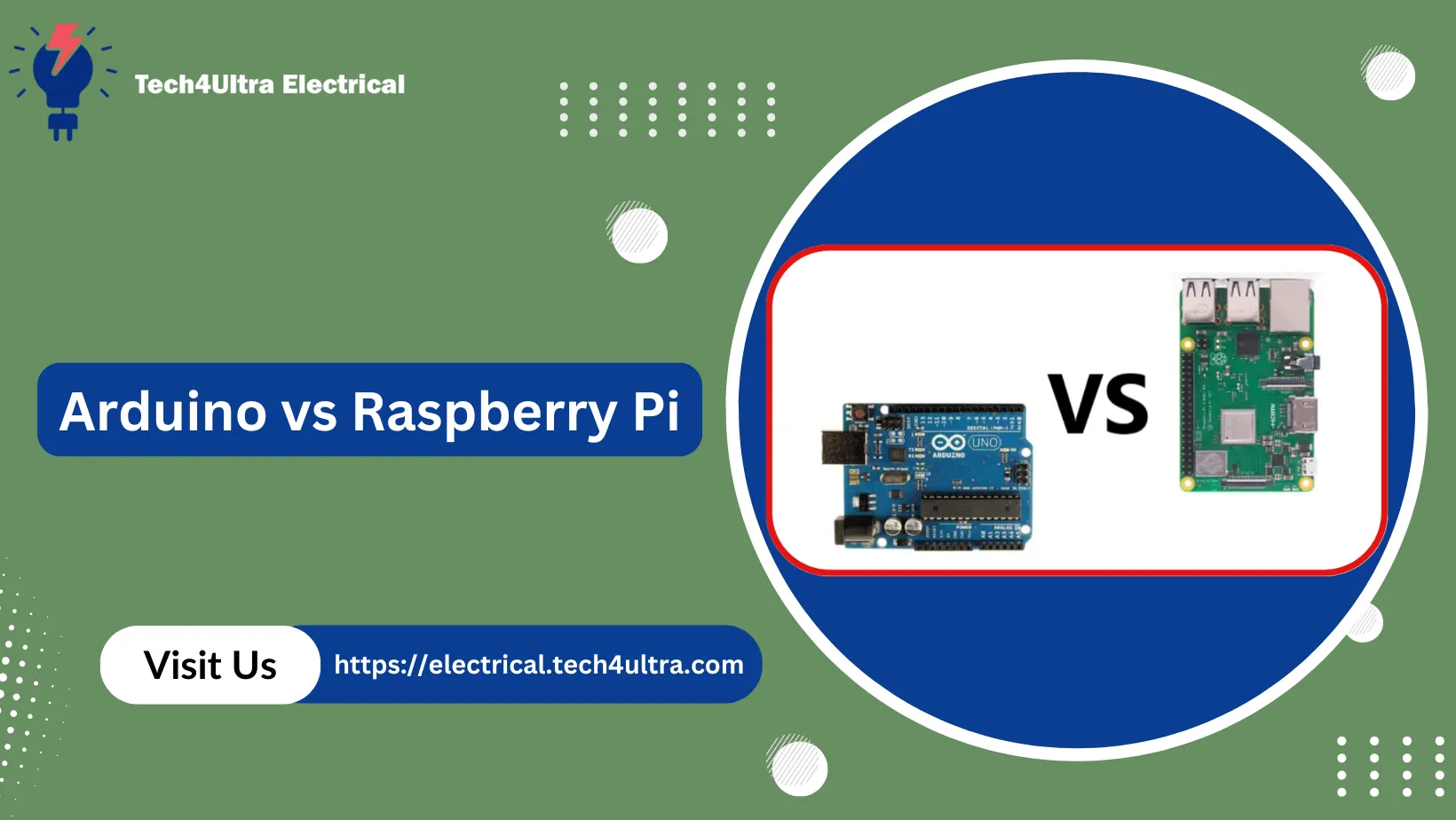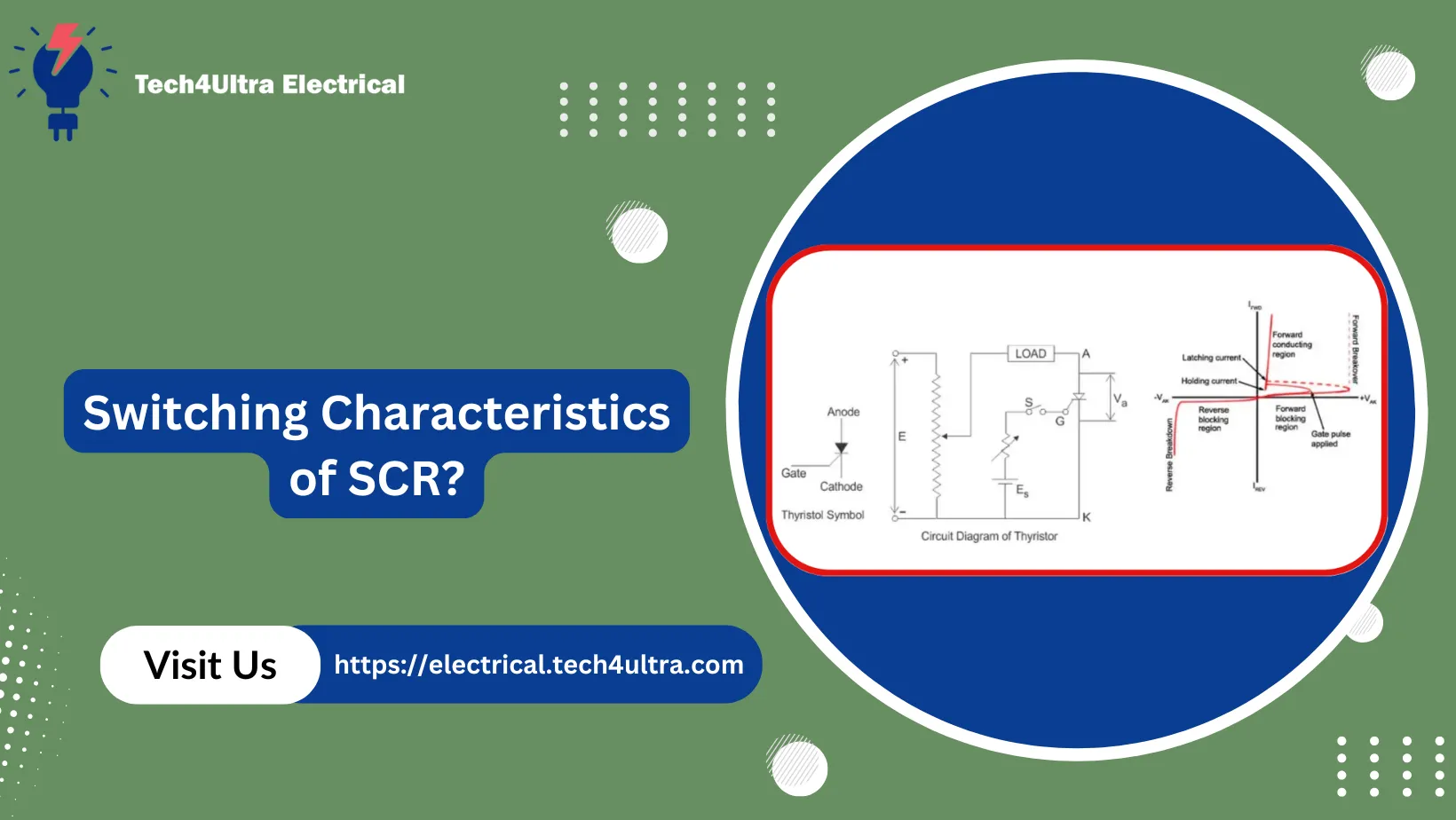Essential Types of Surface Electrodes: Floating, Plate & Multipoint Explained
Have you ever wondered why some medical devices fail to capture accurate signals from the body? The issue often isn’t with the device itself—but with the surface it connects to. Yes, we’re talking about surface electrodes. In this article on the Tech4Ultra Electrical website, you’ll discover the critical role they play in measuring bio-electrode potential, and why

